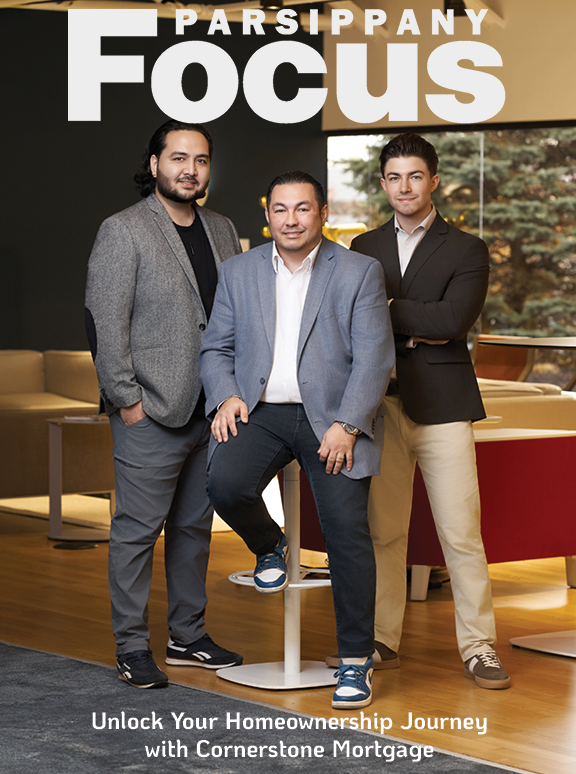Why Abuse Cases Across New Jersey Matter to Parsippany Families
New Jersey has seen a troubling number of lawsuits involving abuse in youth residential facilities over the past several years. These cases, often involving minors placed in state-run or privately operated programs, have revealed gaps in oversight, reporting failures, and inadequate staffing — all of which create environments where abuse can go unnoticed or unaddressed.
While these incidents may have occurred outside of Parsippany, the consequences aren’t limited by location. Families here rely on many of the same statewide systems, regulatory agencies, and placement programs. Whether a child is enrolled in a therapeutic boarding school, a behavioral treatment center, or a residential group home, the risks highlighted in recent cases should prompt closer examination at the local level.
Public attention to these issues is driving reforms, but it’s also raising important questions: How safe are youth programs in New Jersey? And what can families in Parsippany do to protect their children from similar risks?
What Recent Lawsuits Reveal About Facility Failures
Several lawsuits filed across New Jersey in recent years have drawn attention to widespread problems within youth residential programs. These legal cases point to patterns of inadequate staff training, poor supervision, delayed responses to reports of misconduct, and, in some cases, active cover-ups by facility administrators.
One such example is the New Jersey youth residential facility sexual abuse lawsuit, which highlights the serious consequences of neglecting safety protocols. The case involves allegations of repeated abuse within a state-approved program, and the legal complaint outlines how vulnerable youth were left without proper safeguards or accountability mechanisms.
What these lawsuits collectively reveal is that warning signs are often present long before formal legal action is taken. Facility records, staffing shortages, and prior complaints can all indicate potential problems. Without scrutiny or enforcement, these red flags are frequently overlooked. The outcomes of these cases serve as a broader warning to parents and local officials about systemic vulnerabilities.
Why Oversight Isn’t Always Enough
Youth residential programs in New Jersey are subject to regulation, but oversight alone has not always prevented problems. Agencies responsible for licensing and inspecting these facilities often face resource limitations, making it difficult to identify issues before they escalate. Even when violations are reported, follow-up actions may be delayed or incomplete.
In several cases that have come to light, prior complaints existed well before lawsuits were filed. Inadequate training, poor documentation, and inconsistent background checks have all contributed to unsafe environments. Some programs continue to operate despite multiple infractions.
For families in Parsippany, this raises concerns about relying solely on a program’s credentials or state approval. A facility may appear compliant on paper but still fall short in practice. Looking closely at how a program handles safety, staffing, and communication is a critical step when considering long-term placement for a child.
Warning Signs Families Should Watch For
While many youth programs aim to provide structure and support, not all operate with the same level of care or accountability. Before enrolling a child in a residential or long-term program, families should look for potential red flags that may indicate risk.
Lack of staff transparency, limited family communication, restrictive visitation policies, or high staff turnover can signal deeper problems. Parents should be cautious if a program is vague about its safety protocols or unwilling to provide information about staff training and background checks.
Resources from organizations like Prevent Child Abuse America emphasize the importance of creating safe environments and understanding how abuse often occurs in settings with poor oversight. When programs discourage questions, rush intake decisions, or minimize parental involvement, it’s worth pausing to reconsider.
Families in Parsippany evaluating out-of-town or statewide programs should take the time to speak directly with administrators, request inspection records, and, if possible, connect with other families who have experience with the program.
Legal Action and Its Role in Program Reform
When abuse is uncovered in a youth residential facility, legal action often becomes a key driver of change. Lawsuits filed against these programs can bring to light patterns of neglect or misconduct that might otherwise remain hidden. In some cases, legal complaints have led to state investigations, facility closures, and changes in licensing procedures.
Recent lawsuits across New Jersey have done more than seek accountability for individual incidents. They’ve exposed weaknesses in the systems meant to protect vulnerable children. These legal actions highlight the importance of effective monitoring and follow-through, especially in programs that operate with limited public visibility.
For families in Parsippany, the outcomes of these cases serve as a reminder that regulation alone may not be enough. Legal pressure is one way to demand higher standards and force institutions to address harmful practices. It also reinforces the importance of speaking up when something feels off, whether it’s a firsthand concern or part of a larger pattern.
Community Conversations and Local Awareness
Preventing abuse in youth programs takes more than updated policies. Local awareness and public discussion are essential for identifying problems early and supporting safer environments. Parents, educators, and community leaders in Parsippany all have a role in creating a culture where safety is prioritized and concerns are taken seriously.
Campaigns like National Child Abuse Prevention Month help keep these issues visible. They remind families that prevention begins with informed engagement and a willingness to ask questions.
Better outcomes are more likely when communities commit to safety, encourage open dialogue, and hold institutions accountable.
What Parsippany Families Can Do
Families in Parsippany may not always have insight into the daily operations of youth residential programs, particularly those outside the immediate area. Still, there are steps they can take to stay involved. Asking detailed questions, reviewing staff credentials, requesting written safety procedures, and keeping in touch with both the child and staff members are all important.
Remaining engaged with statewide developments is also critical. Many issues exposed through lawsuits show warning signs early on. While the most serious cases are handled by state agencies and courts, families and local communities are often the first to notice something isn’t right.
Being informed, attentive, and proactive continues to be one of the most effective ways to keep children safe.















